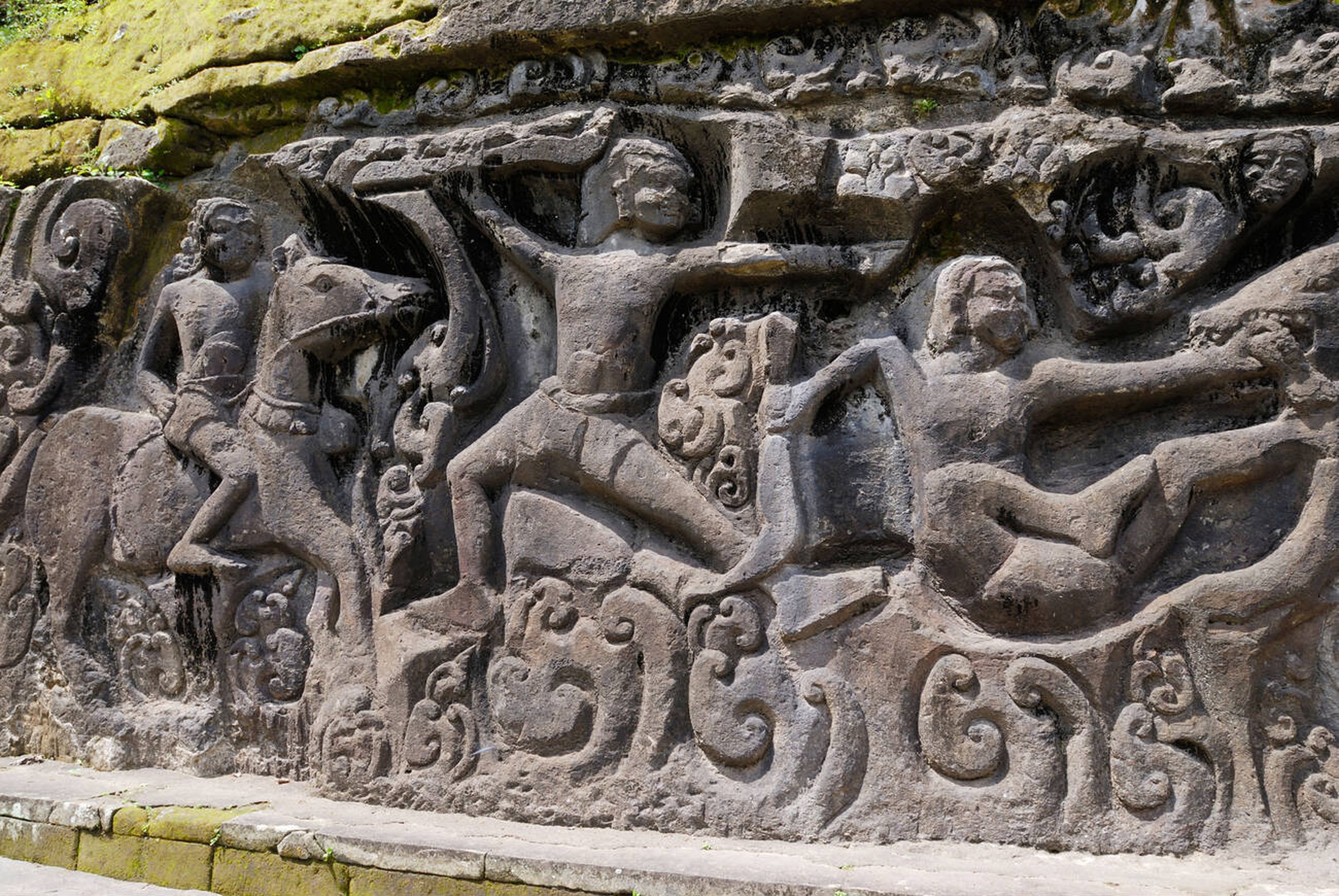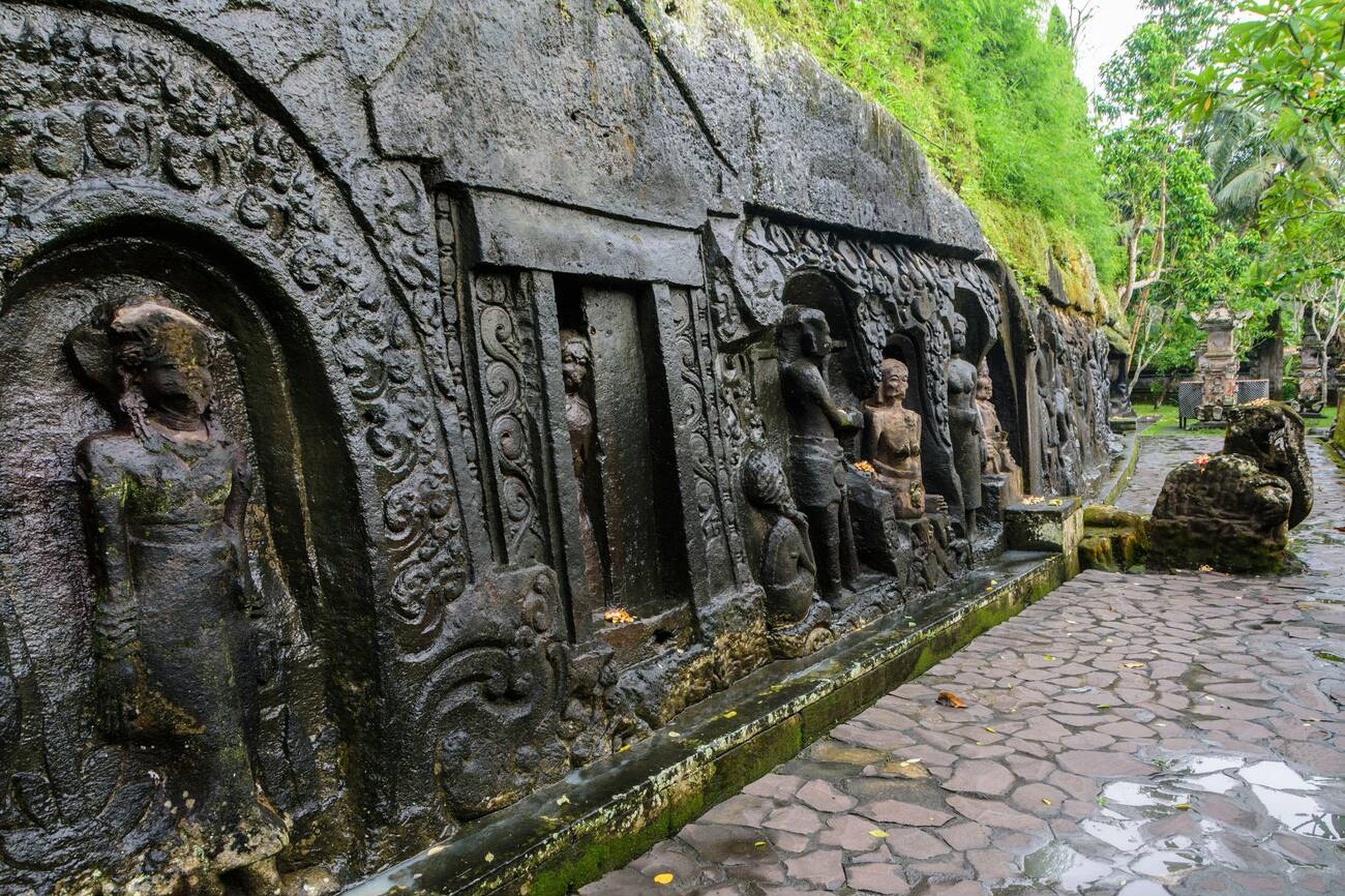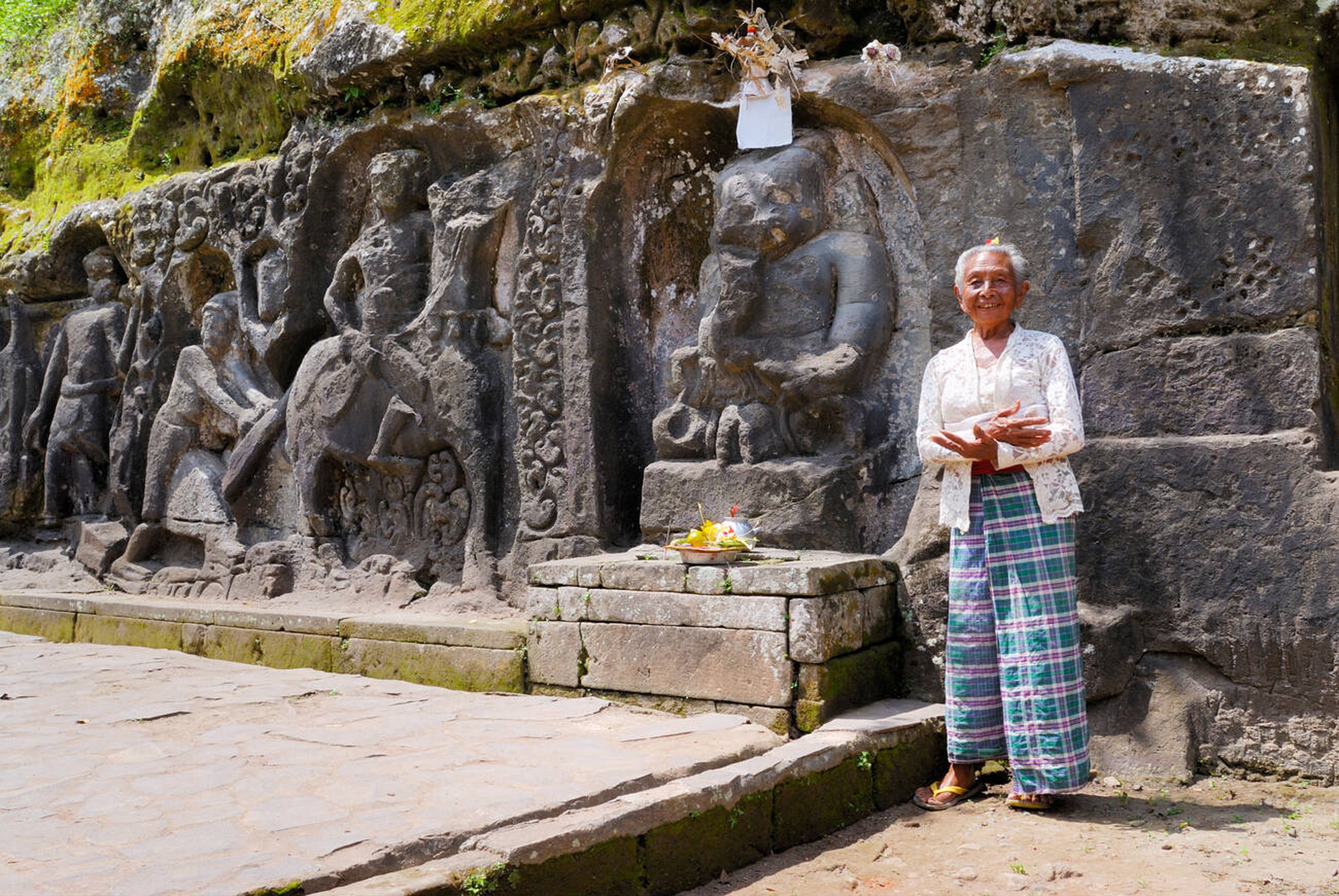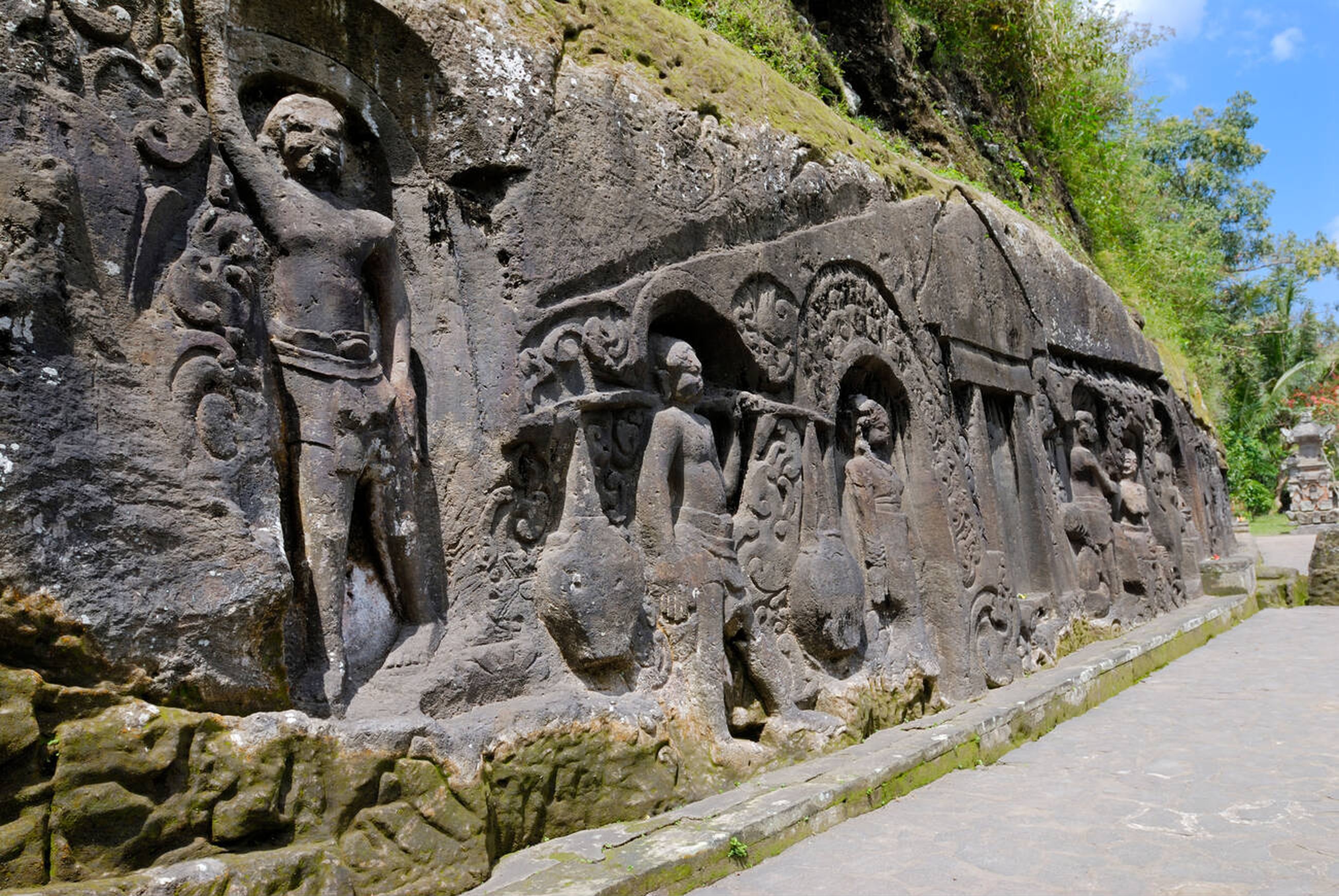One of the unique cultural attractions in Bali, yet rarely known by tourists, is Yeh Pulu Temple in Ubud, Bali. This hidden gem, often overlooked by domestic travelers due to a lack of promotion, draws mostly foreign visitors. In this article, we will explore the fascinating aspects of Yeh Pulu Temple, highlighting its historical significance and unique carvings, making it a must-visit spot in Bali.
Exploring Yeh Pulu Temple and Its Intricate Ancient Carvings
Location and Accessibility
Yeh Pulu Temple is situated in the village of Bedulu, Blahbatuh District, Gianyar Regency. Also referred to as Yeh Pulu Bedulu, this temple is conveniently located along the route from Kuta to Ubud, making it accessible for those exploring Bali’s cultural heartland. The temple's unique position amidst expansive rice fields offers a scenic and serene landscape, adding to its allure.

The Journey to Yeh Pulu Temple
To reach Yeh Pulu Temple, it is advisable to use a car rental service in Bali with a driver. This ensures a hassle-free journey as the temple's location can be challenging to find, and taxi services are scarce. Upon arrival, visitors must walk along a well-maintained footpath, surrounded by the beauty of the natural landscape, managed by the local Subak agricultural organization.
Majestic Ancient Carvings
Yeh Pulu Temple is renowned for its ancient reliefs carved into the rock walls. These reliefs, spanning approximately 25 meters in length and 2 meters in height, depict various aspects of ancient Balinese life and Hindu religious narratives. The carvings include scenes of daily activities, such as a man transporting water jars and a woman adorned in intricate jewelry, possibly a priestess. The reliefs also portray divine figures, including depictions of Krishna, an incarnation of Lord Vishnu.

History and Discovery
The history of Yeh Pulu Temple dates back to the 14th or 15th century AD. The reliefs tell stories from the Bedahulu kingdom, showcasing the lives and spiritual practices of the ancient Balinese people. It is believed that the temple served as a place of ascetic practice for the king of Bedahulu before his defeat by the Majapahit kingdom in 1343 AD.
Discovered in 1925 by a chief of troops during the Ubud Kingdom, the site gained significant attention from the Dutch colonial government. By 1929, it was recognized and preserved as a national heritage site, with ongoing maintenance by the local community and cultural preservation authorities.

Testament of Balinese Artistry
Exploring Yeh Pulu Temple offers visitors a unique glimpse into Bali’s ancient past. The reliefs, carved with improvised tools, reflect the resilience and artistry of the Balinese people. As you walk through the site, you can feel the historical weight and spiritual significance of the carvings, honoring the legacy of the ancient Balinese civilization.
Visitors to Yeh Pulu Temple can find parking facilities, toilets, Balinese souvenir shops, and tour guide services at the site. The journey involves a long walk, but the cool climate of Gianyar makes it a pleasant and enjoyable experience.

With its rich history and intricate carvings, Yeh Pulu Temple is a hidden treasure in Bali that deserves more attention from travelers. Its serene location amidst rice fields, coupled with the fascinating stories depicted in the ancient reliefs, makes it a must-visit destination for those interested in Balinese culture and history. Plan your visit to this magnificent site and uncover the timeless beauty of this archaeological marvel!




 Billy Bagus
Billy Bagus
 Jul 30, 2024
Jul 30, 2024






